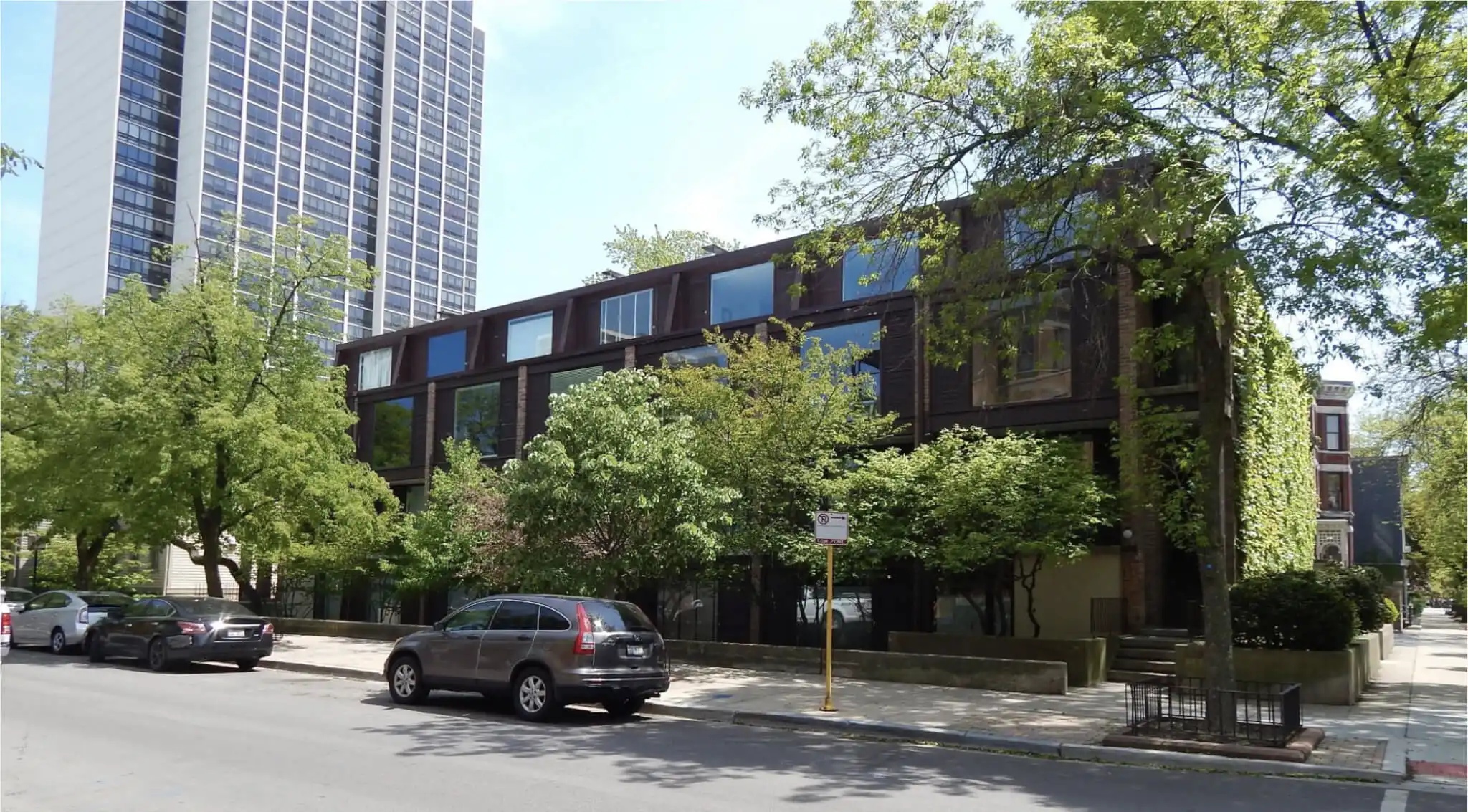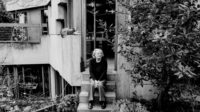Tribute: Benjamin Weese (1929–2024)

Architectural Record is sad to learn that Benjamin Weese, FAIA, died on April 29. Below is a tribute shared by the Weese family.
On a personal note, I remember Ben as an influential figure during my first years studying architecture at Washington University in St. Louis, where his wife, Cynthia, was dean at the time. (Incidentally both Weeses won the AIA Chicago Lifetime Achievement Award—Ben in 2011, Cynthia in September 2023). Ben occasionally would give a lecture, sharing incredible sketches from his travels in Europe and asking students if they could name the buildings represented in them (not always so easy…). We students also valued his critiques on reviews and enjoyed his presence at the after-studio Friday happy hours. Among the stories he told, I recall most vividly his campaign to save The Garrick Theater, picketing in the streets of Chicago to prevent its demolition. Alas, the 1891 building designed by Louis Sullivan and Dankmar Adler was torn down in 1961 and turned into a parking garage. Nevertheless, Weese’s preservation efforts would continue and he served as a role model to other architects. —Josephine Minutillo
Benjamin Weese, 94, passed away peacefully on April 29th due to complications from Alzheimer's. He is survived by his wife of 60 years, Cynthia Weese; son Daniel Towler Weese and his wife Cheryl Towler Weese; daughter Catharine Weese and her husband Nicholas Giusti; and five grandchildren: Micah, Cole, and Carter Weese; and Emilia and Anouk Giusti.
Born in Evanston, Illinois, in 1929, Ben spent his early years on the North Shore. A move to the then-farm town of Barrington in the early 1940s fostered a life-long love of gardening and goats. After a high-school career as a football player and pole vaulter, Ben matriculated at Harvard in 1947. While his initial interests leaned toward social issues, he soon recognized a vocation for architecture; and upon graduation in 1951 he continued immediately to Harvard's Graduate School of Design. His studies were interrupted by the Korean War, when his religious beliefs led him to identify as a conscientious objector. His alternative service brought him to Germany in 1952, where he worked in a camp for young refugees escaping from communist East Germany. This time in post-World War II Europe was formative, and provided a touchstone for the rest of his life.
Returning from Europe in 1954, Ben continued his architecture studies with a new perspective influenced by the density of European cities and their vernacular architecture. After graduating in 1957, he joined the practice of his eldest brother Harry, where he led numerous large-scale academic and housing projects. Ben was instrumental in the historical preservation movement in Chicago, spearheading the drive to save H.H. Richardson's Glessner House on Prairie Avenue, and helping found the organization that would become the Chicago Architecture Center. He was an early urban "pioneer," buying a rooming house in the Lincoln Park neighborhood of Chicago in the late 1950s and helping kick off the renaissance of the historic neighborhood. As part of the Chicago Seven group of architects, he helped advance a vision of architecture that departed from the strict dogma of Mies van der Rohe's modernism; and he became a founding member of the reborn Chicago Architectural Club.

Eugenie Lane Apartments, Lincoln Park, Chicago (1962).The Ben Weese–designed building was designated as an official Chicago landmark in 2023. Photo by Commission on Chicago Landmarks
In 1977 Ben went into practice with his wife Cynthia and a series of partners; their firm, now known as Weese Langley Weese, specializes in institutional work and low-income housing, and Ben took special pride in his work for libraries and churches. Extensive travel in Europe informed and inspired the practice. Ben was a longstanding board member and president of the Graham Foundation; and he continued his advocacy for the historic fabric of Chicago as part of the city's Landmarks Commission.
In his later years, Ben enjoyed spending time shepherding his pine forests and gardening at his home in a small former logging town in Michigan. There, he invested in the traditional village fabric as well, promoting low-income housing, green space, and local commerce. Everywhere he lived he left a lasting mark, from the architecture he built and preserved, to the street trees he planted in his Chicago neighborhood and the lush garden in Michigan.
A memorial will be planned for the fall.





